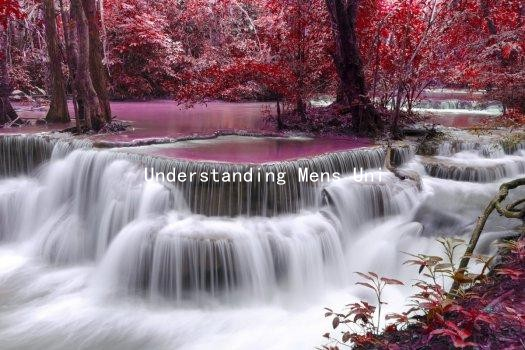Why the Gender Gap in Communication Can Make or Break Your Romance
In the complex landscape of romantic relationships, communication stands as one of the most crucial components. Yet, despite its importance, many couples struggle due to the inherent differences in how men and women communicate. Understanding these distinctions can significantly enhance romantic connections and even prevent unnecessary conflicts.
The Roots of the Gender Communication Gap
From a young age, socialization influences how individuals express themselves. Typically, women are encouraged to be more expressive, focusing on building emotional connections through detailed conversations. They often prioritize relational dynamics, which means they pay attention to feelings, expressions, and body language when communicating.
Conversely, men usually receive messaging that values assertiveness and problem-solving. They may communicate more directly, often prioritizing succinctness over emotional nuance. Consequently, men might overlook the emotional aspects of a conversation, which can lead to misunderstandings when in a romantic relationship.
Understanding Emotional Nuances
One of the reasons partnerships falter is that one partner may feel unheard or misunderstood. For example, if a woman shares her emotions about a tough day and seeks empathy, her male partner may instinctively offer solutions instead of lending an ear. This approach, although well-meaning, can leave her feeling dismissed.
To bridge this gap, both partners must learn to adapt their communication styles. Women can benefit from stating their needs clearly—expressing when they desire empathy rather than solutions—while men can practice active listening techniques, such as reflecting on what their partners say and asking clarifying questions.
The Importance of Timing
Another critical aspect of communication is timing. Men and women may perceive timing differently in romantic contexts. Women might feel that a pressing issue needs to be discussed immediately, while men might prefer to address matters when they feel ready. This misalignment can create tension.
To mitigate this, couples should establish a communication protocol where they agree on best times to talk about sensitive subjects. This not only provides a structured approach to communication but also shows respect for each other’s emotional readiness.

Utilizing I Statements
Effective communication is often about how one expresses thoughts and feelings. Utilizing I statements can be a powerful tool for both genders. Instead of saying “You never listen to me,” a partner could say, “I feel neglected when I share my thoughts, and it seems like you’re distracted.” This approach minimizes defensiveness and opens a dialogue rather than shutting it down.
The Role of Non-Verbal Communication
Non-verbal cues play a significant role in how messages are received. Men and women can often misinterpret each others body language. For example, a woman’s desire for intimate connection through touch or eye contact can be misread by a man as possessiveness or clinginess.
Couples should cultivate awareness of each other’s non-verbal expressions and take time to discuss what each gesture means to them. Simple acknowledgments like nodding or leaning in can go a long way in enhancing mutual understanding.
The Power of Vulnerability
Vulnerability is a double-edged sword in the realm of romance. While some may see it as a weakness, true intimacy requires a level of openness that can be daunting. Women might find it easier to express vulnerability, while men might struggle due to fear of judgment or inadequacy.
Cultivating a safe space for vulnerability within the relationship fosters deeper emotional bonds. Couples can start small, sharing personal stories or insecurities, gradually building trust and comfort to express more profound feelings without fear of reprisal.
Conclusion
Navigating the gender gap in communication can indeed make or break a romance. By understanding and respecting the differing communication styles, emotional nuances, and the importance of timing, couples can build stronger connections. Communication shouldnt be a barrier but a bridge that enhances understanding, empathy, and love in a romantic partnership. As couples learn to communicate better—both verbally and non-verbally—they pave the way for a more fulfilling and harmonious relationship. Fostering these skills can turn potential pitfalls into opportunities for deeper connection and lasting love.





